Results 1 to 2 of 2
Thread Information
Users Browsing this Thread
There are currently 1 users browsing this thread. (0 members and 1 guests)
-
11-29-2013, 10:21 AM #1Senior Member


- Join Date
- May 2007
- Location
- South West Florida (Behind friendly lines but still in Occupied Territory)
- Posts
- 117,696
As Homeless Line Up for Food, Los Angeles Weighs Restrictions
As Homeless Line Up for Food, Los Angeles Weighs Restrictions
 Monica Almeida/The New York Times
Monica Almeida/The New York Times
A security guard from the Business Improvement District keeping an eye on a food truck operated by the Greater West Hollywood Food Coalition.
By ADAM NAGOURNEY
Published: November 25, 2013 626 Comments
LOS ANGELES — They began showing up at dusk last week, wandering the streets, slumped in wheelchairs and sitting on sidewalks, paper plates perched on their knees. By 6:30 p.m., more than 100 homeless people had lined up at a barren corner in Hollywood, drawn by free meals handed out from the back of a truck every night by volunteers.
Connect With Us on Twitter
Follow@NYTNational for breaking news and headlines.
Twitter List: Reporters and Editors
 Monica Almeida/The New York Times
Monica Almeida/The New York Times
The Greater West Hollywood Food Coalition has been serving free meals to the homeless in Los Angeles every night for more than 25 years.
But these days, 27 years after theGreater West Hollywood Food Coalition began feeding people in a county that has one of the worst homeless problems in the nation, the charity is under fire, a flashpoint in the national debate over the homeless and the programs that serve them.
Facing an uproar from homeowners, two members of the Los Angeles City Council have called for the city to follow the lead of dozens of other communities and ban the feeding of homeless people in public spaces.
“If you give out free food on the street with no other services to deal with the collateral damage, you get hundreds of people beginning to squat,” said Alexander Polinsky, an actor who lives two blocks from the bread line. “They are living in my bushes and they are living in my next door neighbor’s crawl spaces. We have a neighborhood which now seems like a mental ward.”
Should Los Angeles enact such an ordinance, it would join a roster of more than 30 cities, including Philadelphia, Raleigh, N.C., Seattle and Orlando, Fla., that have adopted or debated some form of legislation intended to restrict the public feeding of the homeless, according to the National Coalition of the Homeless.
“Dozens of cities in recent years,” said Jerry Jones, the coalition’s executive director. “It’s a common but misguided tactic to drive homeless people out of downtown areas.”
“This is an attempt to make difficult problems disappear,” he said, adding, “It’s both callous and ineffective.”
The notion that Los Angeles might join this roster is striking given the breadth of the problem here. Encampments of homeless can be found from downtown to West Hollywood, from the streets of Brentwood to the beaches of Venice. The situation that has stirred no small amount of frustration and embarrassment among civic leaders, now amplified by fears of the hungry and mostly homeless people, who have come to count on these meals.
“They are helping human beings,” said Debra Morris, seated in a wheelchair as she ate the evening’s offering of pasta with tomato sauce. “I can barely pay my own rent.”
There are now about 57,735 homeless people in Los Angeles County, according to the 2013 Annual Homeless Assessment Report released by the Department of Housing and Urban Development last week, a 23.5 percent increase over last year. Only New York had a higher homeless population.
The problem is particularly severe here because of the temperate climate that makes it easier to live outdoors, cuts in federal spending on the homeless, and a court-ordered effort by California to shrink its prison population, said Mike Arnold, the executive director of the Los Angeles Homeless Services Authority, an agency created by the city and county in 1993.
All told, about $82 million in government funds is spent each year on helping homeless here, Mr. Arnold said.
Tom LaBonge, one of the two City Council members who introduced the resolution (the other, also a Democrat, was Mitch O’Farrell), said food lines should be moved indoors, out of consideration to the homeless and neighborhoods. “There are well-intentioned people on both sides,” Mr. LaBonge said.
But, he added: “This has overwhelmed what is a residential neighborhood. When dinner is served, everybody comes and it’s kind of a free-for-all.”
Ted Landreth, the founder of the food coalition, said his group had fought back community opposition before — it moved to this corner after being ordered out of Plummer Park in West Hollywood in 1990 because of similar complaints — and would do so again.
“The people who want to get rid of us see dollar signs, property values, ahead of pretty much everything else,” he said.
“We have stood our ground,” he added. “We are not breaking any law.”
Communities that have sought to implement feeding restriction laws have faced strong resistance. In Philadelphia, advocates for the homeless won an injunction in federal court blocking a law there that would have banned food lines in public parks. Even before the court action, religious groups had moved in and began setting up indoor food lines.
In many ways the agonies of the national battle over dealing with homelessness are etched into this four-block-square section of Hollywood, where industrial buildings, including the Cemex cement factory, film production facilities and the stately former headquarters of Howard Hughes’s enterprises, sit two blocks up North Sycamore Avenue away from a middle-class neighborhood of Spanish Mission homes. Construction in the area is bustling, reflecting the gentrification that is taking place across this city.
The coalition’s truck, a Grumman Kurbmaster, arrives every night at 6:15, drawing as many as 200 people from across the region.
The other night, men and women lined up for firsts and, if desired, seconds. Some were quiet and grateful, and a few were loud and agitated. “You all right?” Mr. Landreth asked one man who was shouting to himself.
Just up the street, 75 people filled a living room, anxiously exchanging stories about what many described as a neighborhood under siege, and demanding help from local officials.
“You guys have had your fill here — we know that,” Officer Dave Cordova of the Los Angeles Police Department told them. “And the food coalition doesn’t help. Where do all these guys go after they get something to eat?”
Peter Nichols, the founder of the Melrose Action Neighborhood Watch, which helped organize the meeting, said there has been a steady increase in complaints about petty crime, loitering, public defecation and people sleeping on sidewalks.
“While it sounds good in concept — I’m going to pull up to a curb, I’m going to feed people, I’m going to clean up and I’m going to leave — well, there are not restrooms,” he said. “Can these people get a place to sleep? To clean up? We want there to be after-care provided every day they do the program. But they don’t and they can’t.”
What Mr. Landreth described as the most serious threat in its existence — a powerful combination of opposition from homeowners, businesses and city officials — is stirring deep concern among the people who come here to eat most nights.
“I know because of the long lines, a lot of times we have trouble and confusion,” said Emerson Tenner, 46, as he waited for a meal. “But there are people here who really need this. A few people act a little crazy. Don’t mess it up for everyone else.”
Aaron Lewis, who said he makes his home on the sidewalk by a 7-Eleven on Sunset Boulevard, chalked up opposition to what he described as rising callousness to people in need.
“That’s how it is everywhere,” Mr. Lewis said. “People here — it’s their only way to eat. The community doesn’t help us eat.”
Matt Hamilton contributed reporting.
This article has been revised to reflect the following correction:
Correction: November 29, 2013
An earlier version of this article included an incomplete count of the homeless in Los Angeles County. The 2013 number is 57,735, according to the Department of Housing and Urban Renewal, not 53,800, which was in the department’s 2013 Annual Homeless Assessment Report. That number did not include the cities of Glendale, Pasadena and Long Beach, which are part of Los Angeles County, but reported separately. Counting those cities, the percent increase for all of Los Angeles County from 2012, was 23.5, not 27.
A version of this article appears in print on November 26, 2013, on page A1 of the New York edition with the headline: As Homeless Line Up for Food, Los Angeles Weighs Restrictions.
http://www.nytimes.com/2013/11/26/us...agewanted=all&
Join our efforts to Secure America's Borders and End Illegal Immigration by Joining ALIPAC's E-Mail Alerts network (CLICK HERE)
-
11-29-2013, 03:52 PM #2Senior Member


- Join Date
- May 2007
- Location
- South West Florida (Behind friendly lines but still in Occupied Territory)
- Posts
- 117,696
Homeless for the Holidays or Improving the Odds
Posted by MOTUS on November 29, 2013 at 11:40am
View Blog
If you’re looking for a racist holiday to protest (and who isn’t?), I can’t think of one that fits the bill better than Thanksgiving. So given it’s roots in the “mass murder, forced relocation, theft of land and other injustices” to Native Americans, I suppose we shouldn’t be surprised that the holiday, with very little notice has seamlessly transformed itself into “Gray Thursday” before sliding headfirst into “Black Friday.”Accordingly, the doors of commerce were flung wide open a day earlier this year to welcome the manic shoppers who wished to get a jump on the next secular holiday, formerly known as Christmas: the day a sleigh and eight tiny reindeer appeared to bring joy to the world.
So don’t worry, these people aren’t homeless. They’re just camped out, waiting for the doors of Macy, J.C Penny, Walmart, Best Buy, etc. to officially kick off the season of…what? I’ve forgotten. Well, never mind, it doesn’t matter, as long as you get out there or online and buy buy buy!
handing out food to the few people left in Washington D.C. who are not either working for the federal government or currently the beneficiaries of our SNAP program. Which,as David Plouffe reminded us in his Thanksgiving email message, is actually part of our economic recovery program:
Not homeless, just waiting for the “Best Buys”
As you know, the Wons, Along with the Wee Wons and the Old Won participated in our annual photo op at the Big Box Food Bank the day before Thanksgiving,
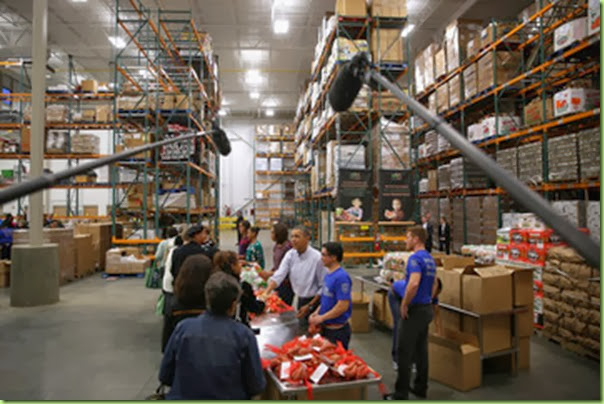
Yeah, give me a wide-angle shot on camera B…
And in keeping with our new Thanksgiving tradition of using the holiday for propaganda messaging purposes, his email was accompanied by this stark reminder of exactly who the enemy is:
The economy is a zero sum game, if you get a bigger piece of pie, somebody else has to get a smaller piece. Butt the Federal Government’s Budget (and I use the term loosely) is not a zero sum game. Which is to say, government spending can grow at an unbridled rate without forcing cutbacks elsewhere, butt only if we spread more of Joe the Plumber’s wealth around.
I know, I know: “Butt MOTUS, we’re more interested in the pies served at the Big White Thanksgiving dinner than the economic pie.” Okay, here you go: this year we had 9 – that’s right, NINE – kinds of pie to choose from! Huckleberry Pie, Pecan Pie, Chocolate Cream Pie, Sweet Potato Pie, Peach Pie, Apple Pie, Pumpkin Pie, Banana Cream Pie, and Coconut Cream Pie.
The chocolate cream, coconut cream, peach and pecan were all new this year, and a previous standard, cherry, was dropped from the lineup. Possibly because of its association with George Washington or Twin Peaks.
Anyway, sorry to intrude on your Black Friday shopping extravaganza with today’s economic lesson. I just don’t want anyone going out there and spending money they don’t have, will have to borrow and won’t ever be able to pay back.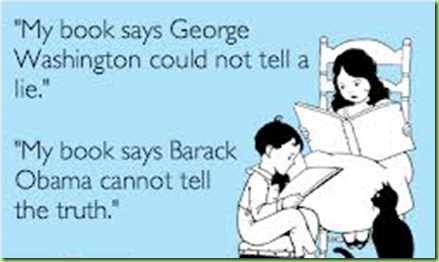
My book says there’s nothing honest about the black cat.

Which one of the Wons is wearing their real feelings in this photo op?
Posted from: Michelle Obama’s Mirror
http://patriotaction.net/profiles/bl...msg_share_post
Join our efforts to Secure America's Borders and End Illegal Immigration by Joining ALIPAC's E-Mail Alerts network (CLICK HERE)


 LinkBack URL
LinkBack URL About LinkBacks
About LinkBacks




 Reply With Quote
Reply With Quote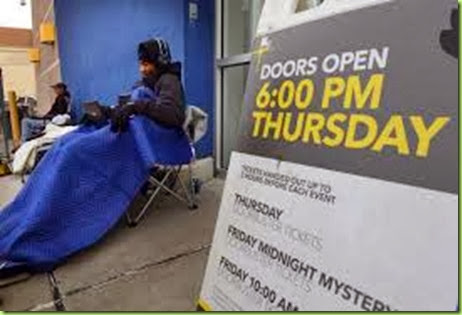

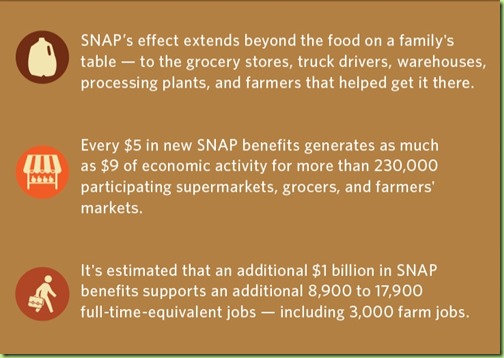
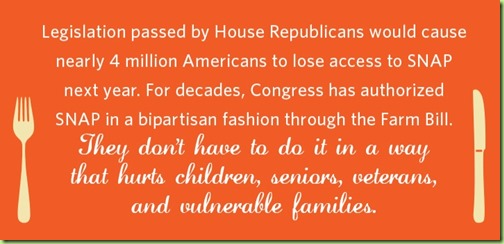

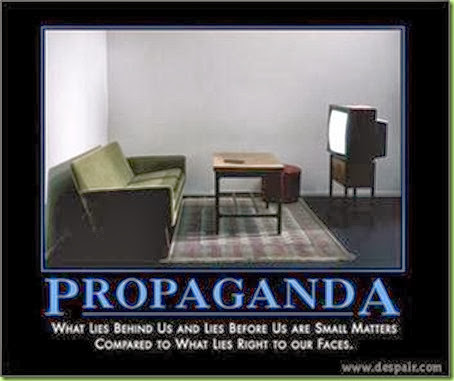



Durbin pushes voting rights for illegal aliens without public...
04-25-2024, 09:10 PM in Non-Citizen & illegal migrant voters